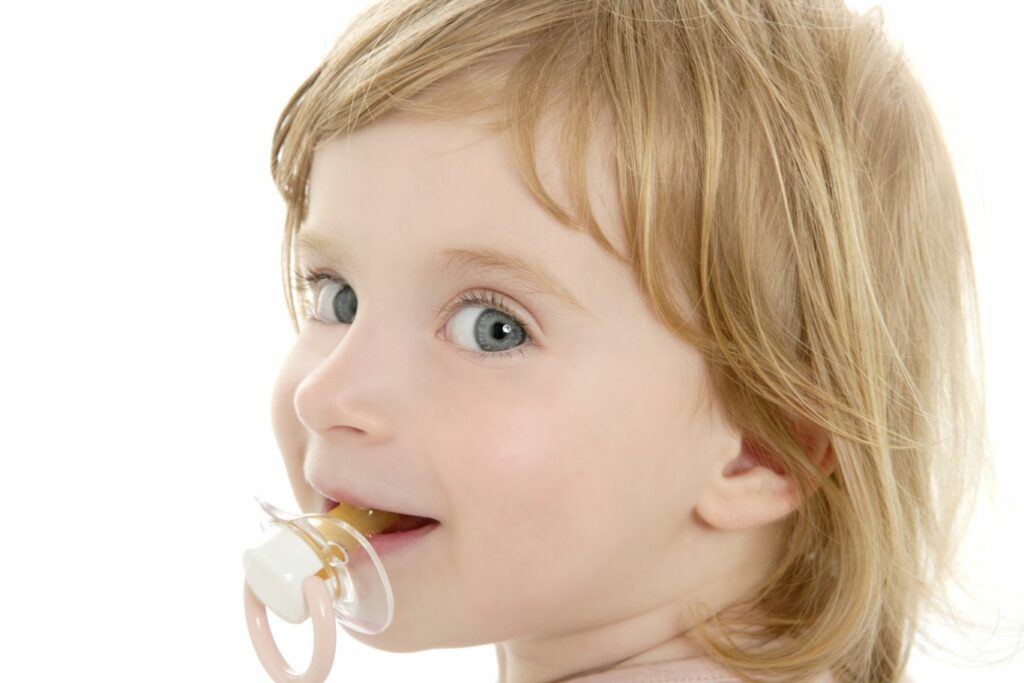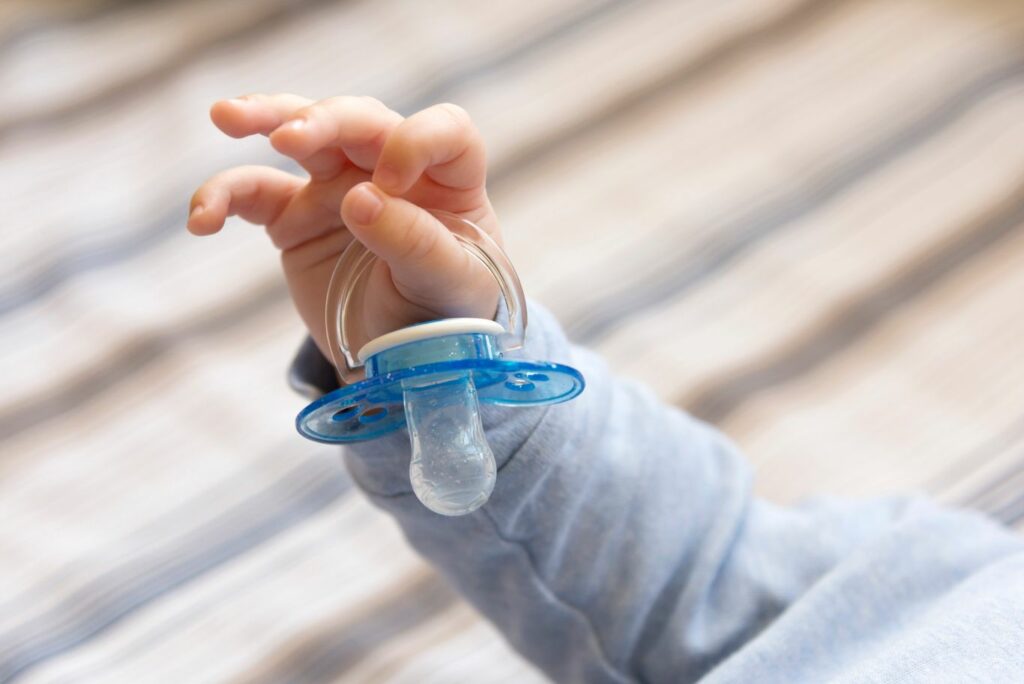What is the right age to remove pacifiers from children?

While still in the womb, it is not uncommon to observe the fetus sucking its thumb. The sucking reflex is innate in infants. As they grow up, this natural reflex, which is originally used for feeding (suckling, bottle-feeding), helps them to fall asleep, to calm down or even to sleep.
How to stop the pacifier: all the tips

Sucking is a primary function naturally present in all babies. It represents both the link with the mother and feeding (suckling or bottle feeding) but also reassurance and soothing. It is therefore not surprising that as they grow up, young children carry this over to the pacifier and find it difficult to get rid of it.
Orthodontic pacifier: is it the right solution?

To soothe, comfort and reassure the baby, a large majority of parents resort to pacifiers. Although useful, in the medium and long term, the pacifier can cause complications during the child's maxillofacial growth. Especially if the child persists in using them after the age of 2 or 3. The professionals of the early childhood [...]
Teeth forward: the consequences of the pacifier

Whether it is to suck, to calm down or to reassure, sucking is an innate and natural reflex in babies. This reflex soothes children and reminds them of their mother's presence. In order to help them fall asleep or to soothe a sorrow, most parents give their children suckers.
Deformed teeth and pacifiers: all about the effects of pacifiers

Pacifier, pacifier, towel, thumb or cuddly toy, the sucking reflex is innate to the baby. In the mother's womb, some fetuses already suck their thumb. After birth, this reflex allows them not only to feed themselves (breast or bottle) but also to reassure and calm themselves in case of need (crying, falling asleep, etc.).
